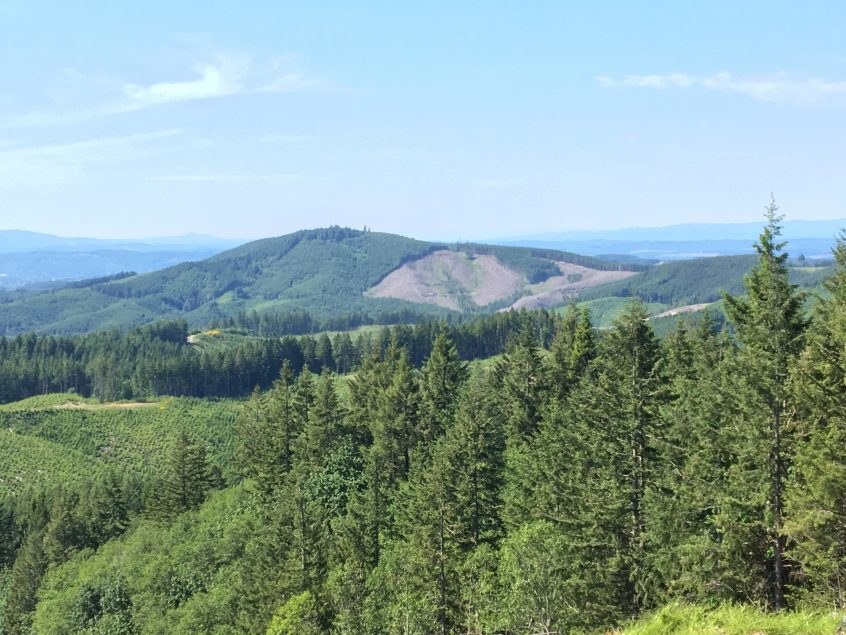This year’s session of the Washington Legislature kicks off this week, and carbon policy is expected to be one of the primary issues under discussion by state lawmakers. Gov. Jay Inslee last month proposed a carbon tax to help pay for K-12 education, and the governor is expected to provide more details about his carbon plan on Tuesday in his State of the State address.
Meanwhile, Commissioner of Public Lands Hilary Franz just released her own carbon proposal, calling for revenue from a carbon tax or carbon cap to go toward improving forest health and boosting rural communities.
Forestlands and agricultural lands are a critical part of the climate solution, Franz said, and must be preserved from encroachment by development. Such lands sequester carbon dioxide, a greenhouse gas linked to climate change.
In addition to conserving land for timber and agricultural production and habitat for wildlife, people win too, by securing the critical natural supports they will need in a warming world, Franz said.
To do it, revenue from putting a price on carbon emissions could fund incentives for timberland owners to grow trees longer and bigger, and provide the money to permanently protect working forestlands and agricultural lands, Franz said.
Carbon revenue could purchase and transfer development rights, and buy conservation easements to preserve forests and agricultural lands at risk of development. And the money could also help pay for restoration of forestlands and soils to make forests and agricultural lands healthier and more productive, Franz said.
Franz’s proposal acknowledges the strong link between forestry and clean air. Scientific research has demonstrated that forests provide environmental values, including removing carbon dioxide from the atmosphere that non-forested landscapes cannot. As a tree grows it takes in carbon dioxide, a greenhouse gas, from the atmosphere and releases oxygen in the process of photosynthesis. This carbon is sequestered and stored, in the forest and in the wood products we use every day. When we use wood products in our buildings, we avoid concrete and steel, products that emit large amounts of carbon dioxide in their manufacturing process.
For more background about the carbon benefits of forests, watch the video below.
